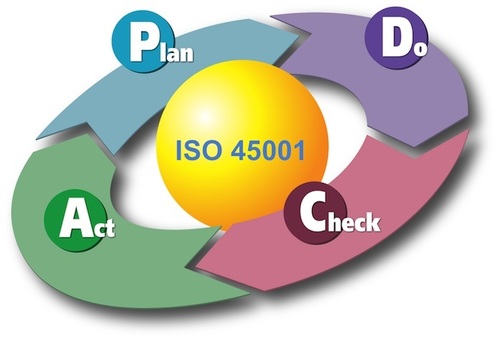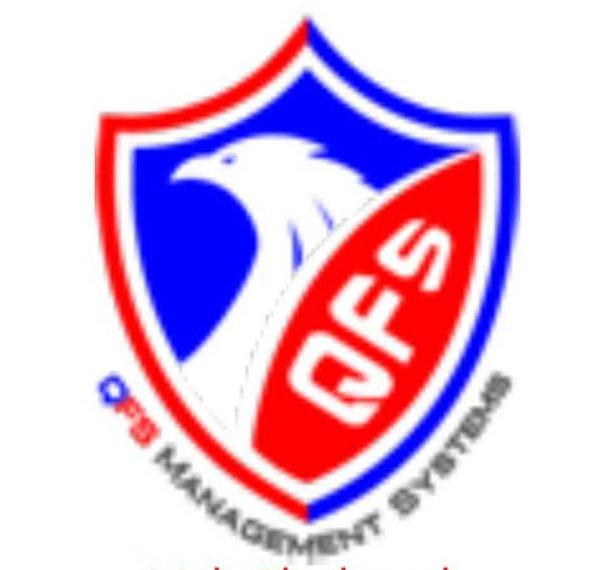WHAT IS ISO 45001 Certification?
ISO 45001 is Occupational health and safety management systems – Requirements with guidelines for use is the world’s first International Standard dealing with workplace health and safety. It provides a single, unambiguous framework for all companies wanting to enhance their OH&S performance. It is aimed at an organization’s senior management and strives to offer a safe and healthy workplace for workers and visitors. To do so, it’s critical to keep track of all variables that might lead to disease, damage, or, in the worst-case scenario, death, by minimizing negative impacts on a person’s physical, emotional, and cognitive health — and ISO 45001 covers all of those components.
While ISO 45001 is based on OHSAS 18001, the previous OH&S benchmark, it is a new and unique standard, not a revision or update that will be phased in over the following three years. In order to retain organizational compliance, organizations will need to change their present thinking and work methods.

What do I need to know about ISO 45001 if I’m new to it?
ISO 45001 uses Annex SL, which means it has the same high-level structure (HLS), core text, and terms and definitions as other recently revised ISO management system standards like ISO 9001:2015 (quality management) and ISO 14001:2015 (environmental management) (environmental management). If you’re already familiar with the common framework, you’ll recognize a lot of ISO 45001 and will just need to fill in the “gaps” in your system.
If this is not the case, things may become more complicated. When read like a regular book, the standard is difficult to comprehend. You must be aware of all the relationships between the various clauses. Finding an excellent training course to help you unleash the standard’s full potential is my greatest recommendation. You could also want to consider hiring a consultant to help you with the process.

In what ways will ISO 45001 be applied?
We believe that most companies will utilize ISO 45001 to set up an efficient OH&S management system, with just a few opting for the additional recognition that comes with certification. Certification to an ISO management system standard is not required. Simply putting in place a formal management system will reap several benefits by enforcing optimal practices. Certification is just an additional endorsement that shows external parties that you have met all of the requirements of a certain standard.
When ISO 45001 is applied effectively, the benefits are limitless.
While the standard requires that OH&S risks be identified and managed, it also takes a risk-based approach to the OH&S management system itself, ensuring that it is effective and developing to meet an organization’s ever-changing “context.” It also ensures worldwide compliance with current rules. All of these steps used together may help build an organization’s reputation as a “safe place to work,” resulting in a slew of advantages ranging from lower insurance costs to higher employee morale – all while staying on track to accomplish your strategic goals.


